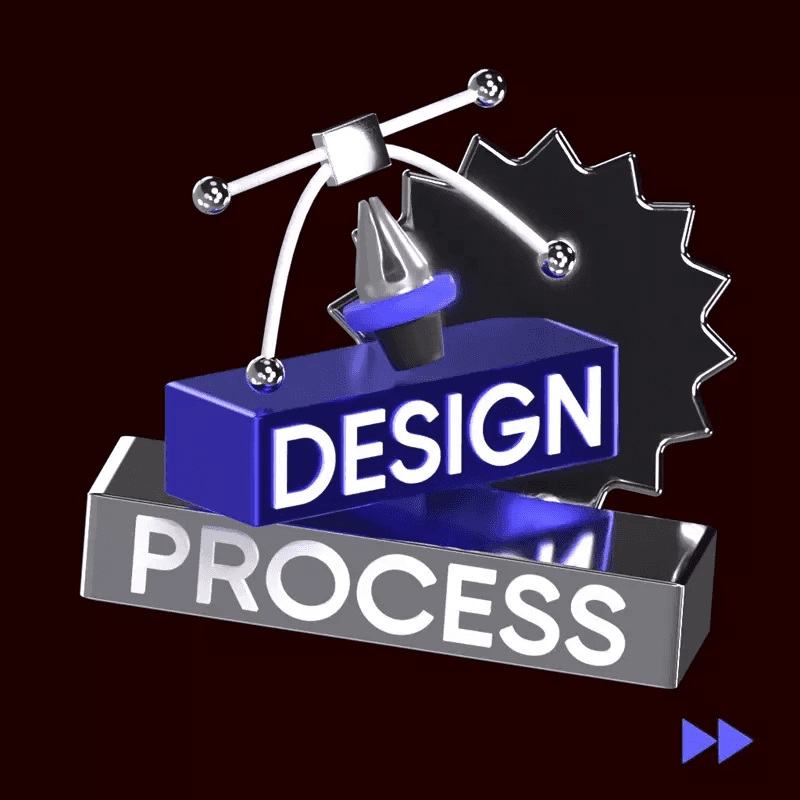Procedural Texturing
Procedural Texturing
Procedural Texturing
Procedural texturing is a technique used in computer graphics to create textures for 3D models through algorithms and mathematical functions rather than manually painting each pixel. This method allows for the generation of complex and detailed textures that can be seamlessly tiled and repeated without visible seams.
One of the main advantages of procedural texturing is its scalability and efficiency. Since textures are generated algorithmically, they can be easily adjusted in size and detail without losing quality. This makes procedural texturing ideal for applications where textures need to be repeated or modified frequently, such as in video games and visual effects.
Procedural texturing also allows for the creation of textures that react dynamically to changes in lighting, perspective, and other environmental factors. This can add a level of realism to virtual environments and enhance the overall visual quality of rendered scenes.
Furthermore, procedural texturing can be used to create unique and complex patterns that would be difficult or time-consuming to create manually. Artists and developers can leverage procedural texturing to generate a wide variety of textures, from realistic materials like wood and marble to abstract patterns and designs.
In conclusion, procedural texturing is a powerful tool in the field of computer graphics that offers flexibility, efficiency, and creativity in the creation of textures for 3D models. By harnessing algorithms and mathematical functions, artists and developers can generate high-quality textures that enhance the visual appeal of their projects.
15,000+ customizable 3D design assets
for UI/UX, website, app design and more


quote post


Information post


marketing post
Sign up for free
View All
A
B
C
D
E
F
G
H
I
J
K
L
M
N
O
P
Q
R
S
T
U
V
W
X
Y
Z
#
View All
A
B
C
D
E
F
G
H
I
J
K
L
M
N
O
P
Q
R
S
T
U
V
W
X
Y
Z
#
View All
A
B
C
D
E
F
G
H
I
J
K
L
M
N
O
P
Q
R
S
T
U
V
W
X
Y
Z
#
Tools
Create
Tools
Create